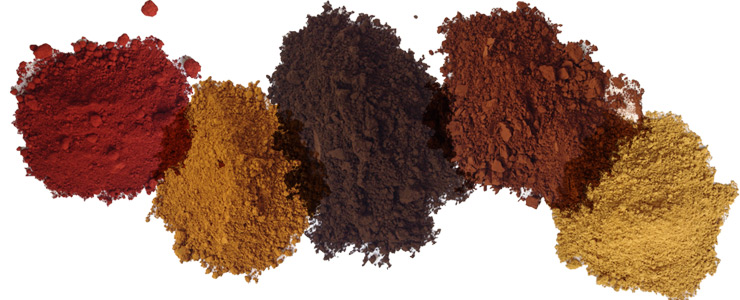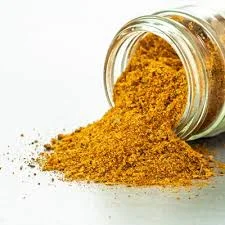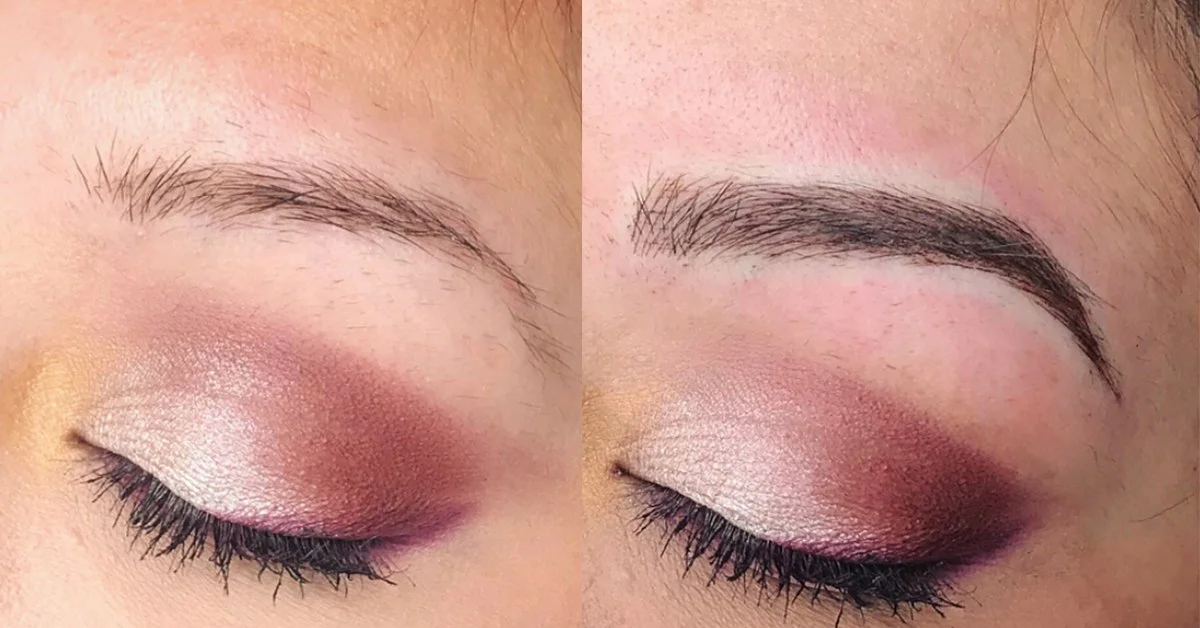Organic and inorganic pigments for semi-permanent brows
Microblading technicians are always concerned about the quality of the pigment. One of the main concerns of our clients is why some people end up with 'pink brows’ or with brows that have a blue undertone. The reason is that the wrong pigment or ink had been used (this actually happens quite a lot) and it had oxidized color over time. The poor quality of pigment can also lead to skin allergies, faded eyebrows color, poor color absorption.
It is exceptionally important that you know what you are getting yourself in for. Knowledge is power and we would like to leave you in a much better position so that you can avoid any and all disasters. It is necessary to choose the right kind of high-quality pigment for microblading.
Microblading pigments are of two types: Organic and Inorganic
Organic ink is made of fruit or vegetable-based pigments, also called “lake pigments”. They are oil dispersible, which just means the color dye will blend in with your skin more naturally with little to no clumping. Organic pigments impart a very rich color to the brows and will have a brighter color effect as opposed to a dull, faded look.
Using organic pigments gives you that confidence that your brow color will not change, or fight with your skin tone. However, exposure to sunlight or chemicals can take away the bright color of organic pigments.
Inorganic ink consists of the main ingredient called iron oxide. This ingredient is often found in association with other metal-containing acids such as lead, arsenic, and mercury. Inorganic ink also contains preservatives, perfumes, and other additives, so when the ink is applied to the skin it has the risk of causing a severe reaction and sometimes even permanent damage if not applied correctly. Iron oxides are lightweight as compared to organic pigments. They are less intense in color than certified organic colors. Zinc oxide and iron oxide help with opacity, meaning that they provide a solid color that is not transparent. But, because of the high iron content color of eyebrows changes over time.
What separates the two organic and inorganic pigments should be a concern for you and your brows if you are deciding to have your brows microbladed with inorganic ink. There is a growing issue over the toxic chemicals and heavy metals that have been used in regular ink, which in turn has been replaced with safer ingredients and much-reduced toxicity combined into a formula that is called organic ink, which is the ink we use on our clients.
Organic pigments are natural, safe, and reliable. AskCares technicians use the GH Microshading inks of organic derived pigment. These organic inks are made from original formulas that reflect light, leaving a soft appearance that blends naturally with the skin. These inks are known for their stability, longevity, and reliability.
There is a risk of having an allergic reaction to anything you apply on your skin, but with organic ink, the risk is considerably reduced, and the ingredients in the pigments are to cause. Organic inks are healthier and safer for the body and skin. Applying these inks to the skin creates a natural shadow of color that allows our technicians to accentuate the features of the face.
In addition, GH Microshading organic pigments do not oxidize. Our pigments are of extremely high quality and the lightfastness of each pigment is matched evenly across each pigment ingredient to reduce color shifting. We use an expanded color palette for different skin undertones to provide a personalized, natural look.
There is always a consultation done prior to the microblading appointment during which time you and our technician determine if microblading is in fact a good fit for you and go over any questions you might have.




